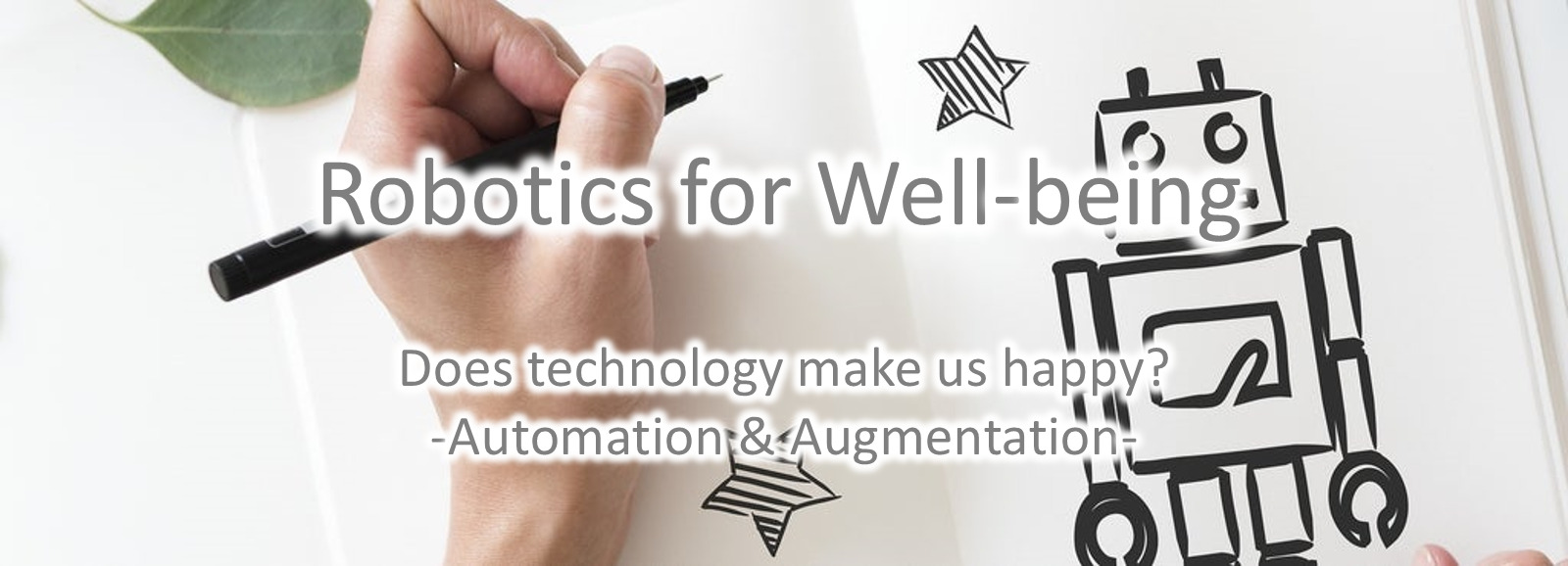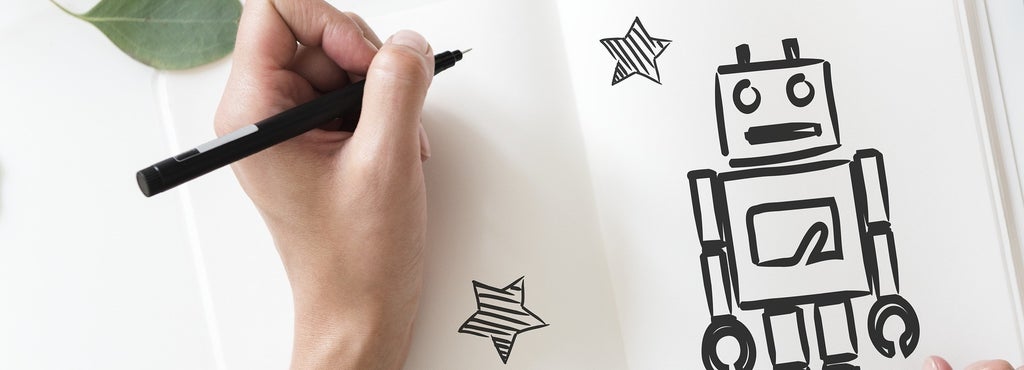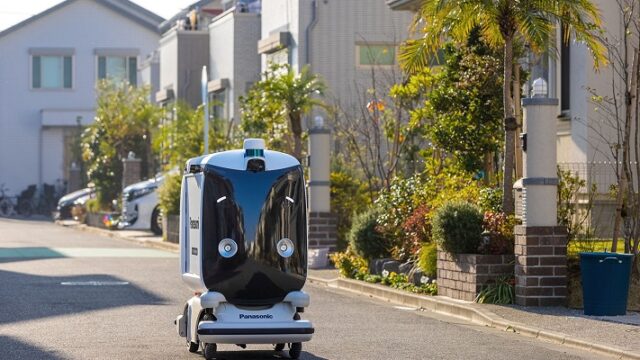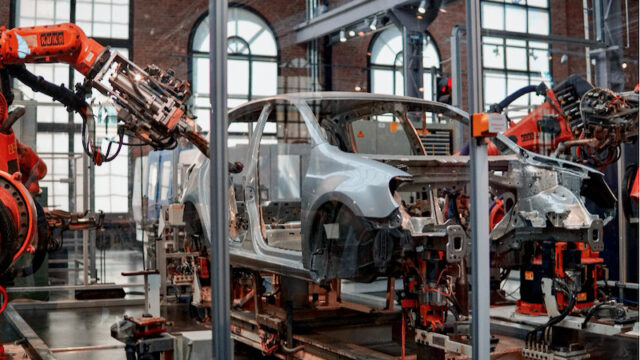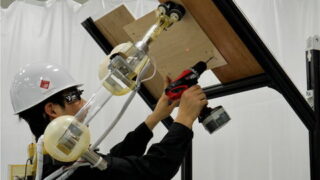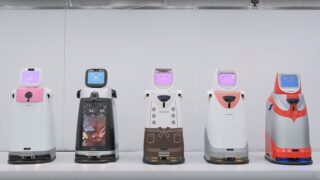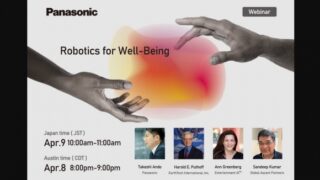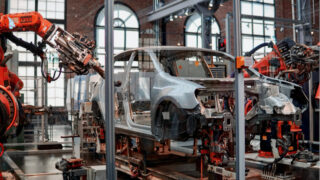The word “robot” has become commonplace in many situations. In the past, robots were mainly used in factories to manufacture products. But now, due to the social reasons of labor shortage, robots are rapidly being used in various places other than factories, such as logistics sites and airports. In the first installment of this column, we will discuss what robots are and why they are used. In this first column, I will discuss the definition and value of robots.
Definition of robot
The word “robot” is said to have originated from the Czech word “robota,” meaning “labor,” which was given to the artificial man in the play “Rossum Universal Robot Company (R.U.R.),” written by author Karel Čapek in 1920. In other words, the robot was born as a tool for labor.
As far back as the 1960s, Prof. Masahiro Mori at the Tokyo Institute of Technology, known as the originators of robot contests, defined a robot as “a soft machine with the following seven characteristics: mobility, individuality, intelligence, versatility, semi-mechanism, semi-humanity, automaticity, and slavery.
Professor Ichiro Kato of Waseda University, who is known for developing the world’s first humanoid robot, defines a robot as “a machine that has the following three conditions: (1) an individual with a brain, hands, and feet; (2) remote and contact receptors; and (3) a sense of equilibrium and inherent sensation.
Although the words used in the definitions are a bit difficult, both definitions conjure up images of human-like robots. Perhaps, for Japanese people who are familiar with robot animation, these definitions may be somewhat familiar.
What do we want from robots?
Recently, the definition of a robot has become simpler and broader. In 2006, the Japanese Ministry of Economy, Trade and Industry (METI) issued a report entitled “Report of the Robot Policy Study Group,” which defines a robot as
A robot is “an intelligent mechanical system with three elemental technologies: sensors, intelligence and control systems, and actuating system”
According to this definition, a robot, in the broad sense of the word, is one that controls the steering along a lane by sensing the surrounding environment and processing information, such as an automatic driving car. The latest model of washing machine that senses the type and amount of dirt on clothes and changes the control of the washing drum according to the dirt can also be treated as a robot in a broad sense.
On the other hand, an automatic translation system, for example, has sensors and an intelligent system, but no driving parts, so it should not be treated as a robot. The term “robot” in this column series will also be based on the above broad definition.
What are we going to use robots defined in this way for? I believe that we are looking for the following three major values .
Value 1: Increased productivity through automation
Value 2: Increased safety through remoteness
Value 3: Increased happiness through augmentation
Value 1, “Increased productivity through automation,” means that when a robot performs a task, it will be “faster,” “more accurate,” or “cheaper” than a human. ” compared to a person performing the task, thereby improving the productivity and efficiency of the work. The robots that have been utilized in factories, called factory automation (FA), have basically provided this value.
The second, “Improving safety through remoteness,” is to use robots to perform tasks remotely in places that are difficult or dangerous for humans to perform, and to ensure the safety of the performers. For example, this applies to extreme tasks such as work in space, deep sea, or in nuclear power plants.
Many teleoperated crawler robots from Japan and overseas were used in the response to the Great East Japan Earthquake and Fukushima Daiichi Nuclear Power Plant accident in March 2011. Many of you may remember the images of the inside of the nuclear power plant sent by the remotely controlled mobile robots.
The last one, “Enhancing well-being through augmentation,” means using robot technology to improve the quality of life (QoL) of individuals by extracting and expanding their abilities so that they can do what they want to do or stay in the state they want to be in. In the past, this has applied to rehabilitation-related efforts such as prosthetic arms and legs to restore lost functions.
In addition to the expansion of physical abilities and functions, this area will also include efforts to expand the mental aspects of one’s own emotional In the past, this has applied to rehabilitation-related efforts such as prosthetic arms and legs to restore lost functions.
In addition to the expansion of physical abilities and functions, this area will also include efforts to expand the mental aspects of one’s own emotional state and the social aspects of one’s relationships with other people.
COVID-19 raises expectations for robots
As I mentioned at the beginning of this article, not a day goes by when we don’t see or hear the word “robot. This is probably because the importance of the three values mentioned above is increasing, and at the same time, the technologies to realize these values are evolving at an accelerating pace.
In particular, the impact of the new coronavirus and the new coronavirus infection (COVID-19) on society has been significant, and the importance of each of the three values has been reaffirmed. According to various reports, orders for robots for disinfection and transportation, especially from startups, have increased several times to several dozen times.
So, in the age of with corona, in what direction will the value of robots go?
Value 1: Increasing productivity through automation will continue to grow as a major and mainstream area. This is because there is a megatrend of labor shortage due to the decrease in the working population.
Furthermore, in the era of With Corona, there is a possibility that foreign workers, who have played a part in solving the labor shortage, will not be able to be secured sufficiently due to restrictions on their movement from overseas. In particular, the labor shortage may accelerate in areas such as construction, logistics, and retail.
Value 2 : As mentioned above, the improvement of safety through remoteness has been effective in extreme environments such as nuclear power plants, but due to the impact of COVID-19, there is a possibility that it will be implemented in society as a familiar entity at once.
For example, avatarin, established by the Japanese airline ANA Holdings, is actively developing avatars for remote handling of customer service and other interpersonal tasks. Many other companies are also developing and introducing avatars to society in conjunction with the evolution of related technologies such as artificial intelligence and 5G communication technology. The year 2020 may be called the “First Year of Avatar.
Value 3: The demand for augmentation to improve well-being will also increase. In particular, the physical safety and security that many people thought was secure is rapidly being threatened, and as a result, the mental and social QoL is predicted to become unstable.
In such an era, the desire and need to be able to do what we want to do and be in the state we want to be in, which we have taken for granted, will be stronger than ever. The augmentation technologies needed to achieve this will become more important.
Optimizing and maximizing the value of robots for organizations and society
There is no point in discussing which of the three values provided by robots is the most important. It is important for us, the people who use the technology, to have the intention of what kind of society we want to create, and to realize each value in a well-balanced manner according to the situation.
In other words, we should use technology to achieve both individual QoL and economic rationality. By doing so, we can realize a society in which well-being is a better state.
In the next article, I would like to introduce the current status and issues of automation and augmentation that are necessary to realize a well-being society, and propose approaches to solving these issues.
